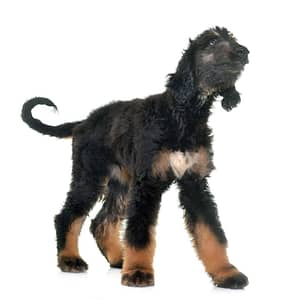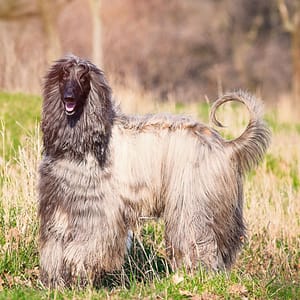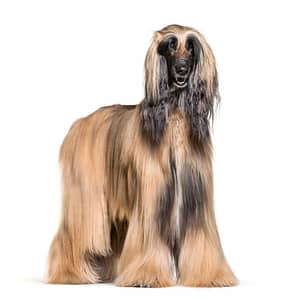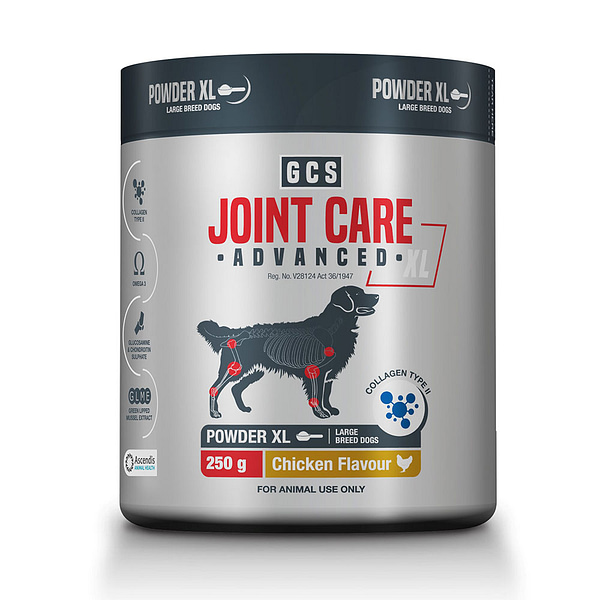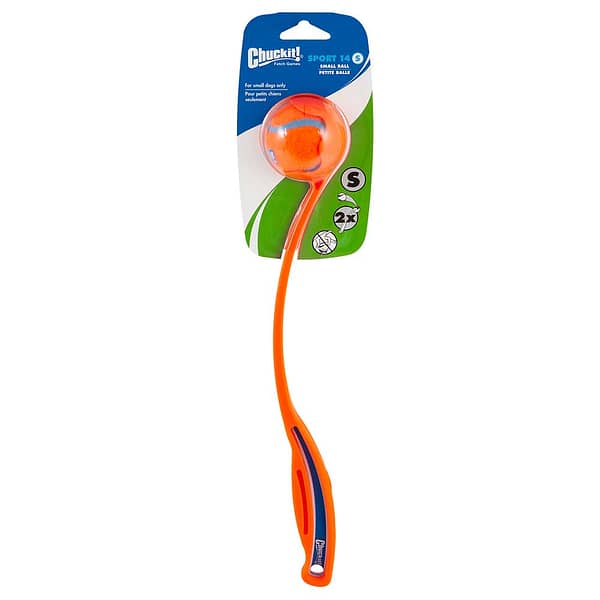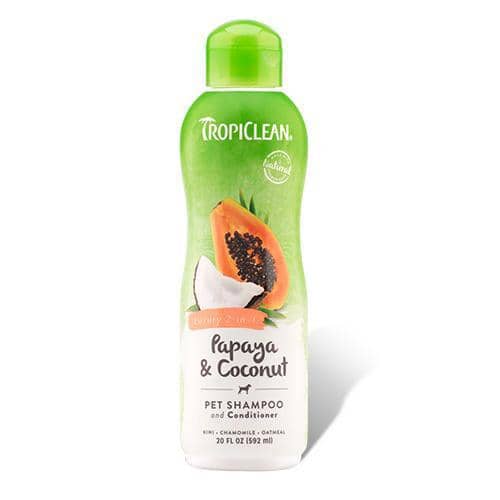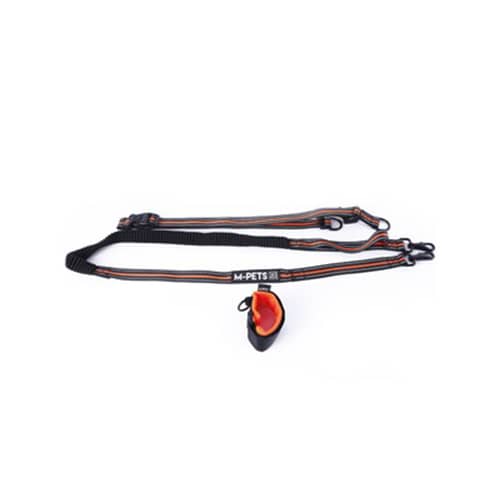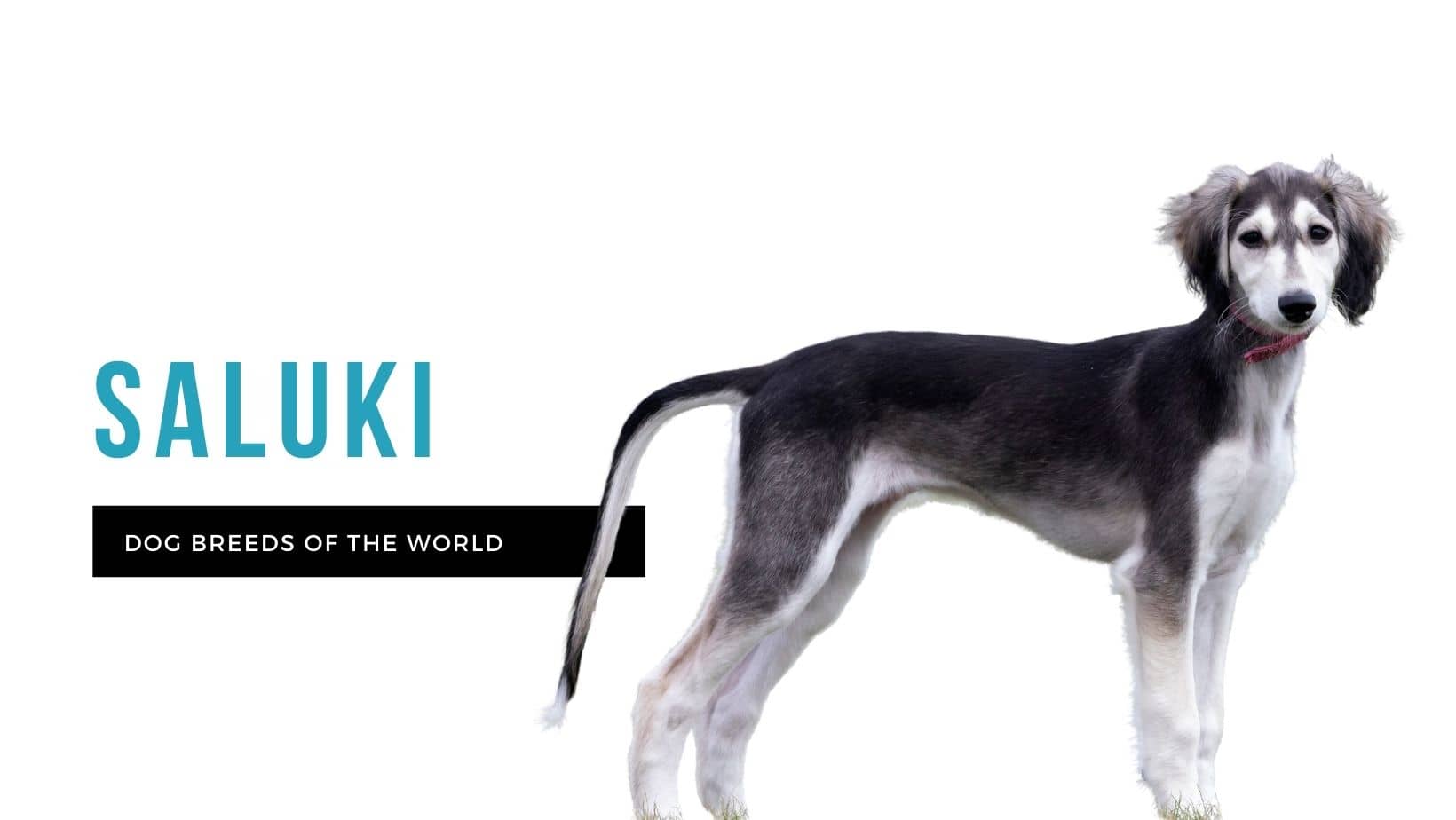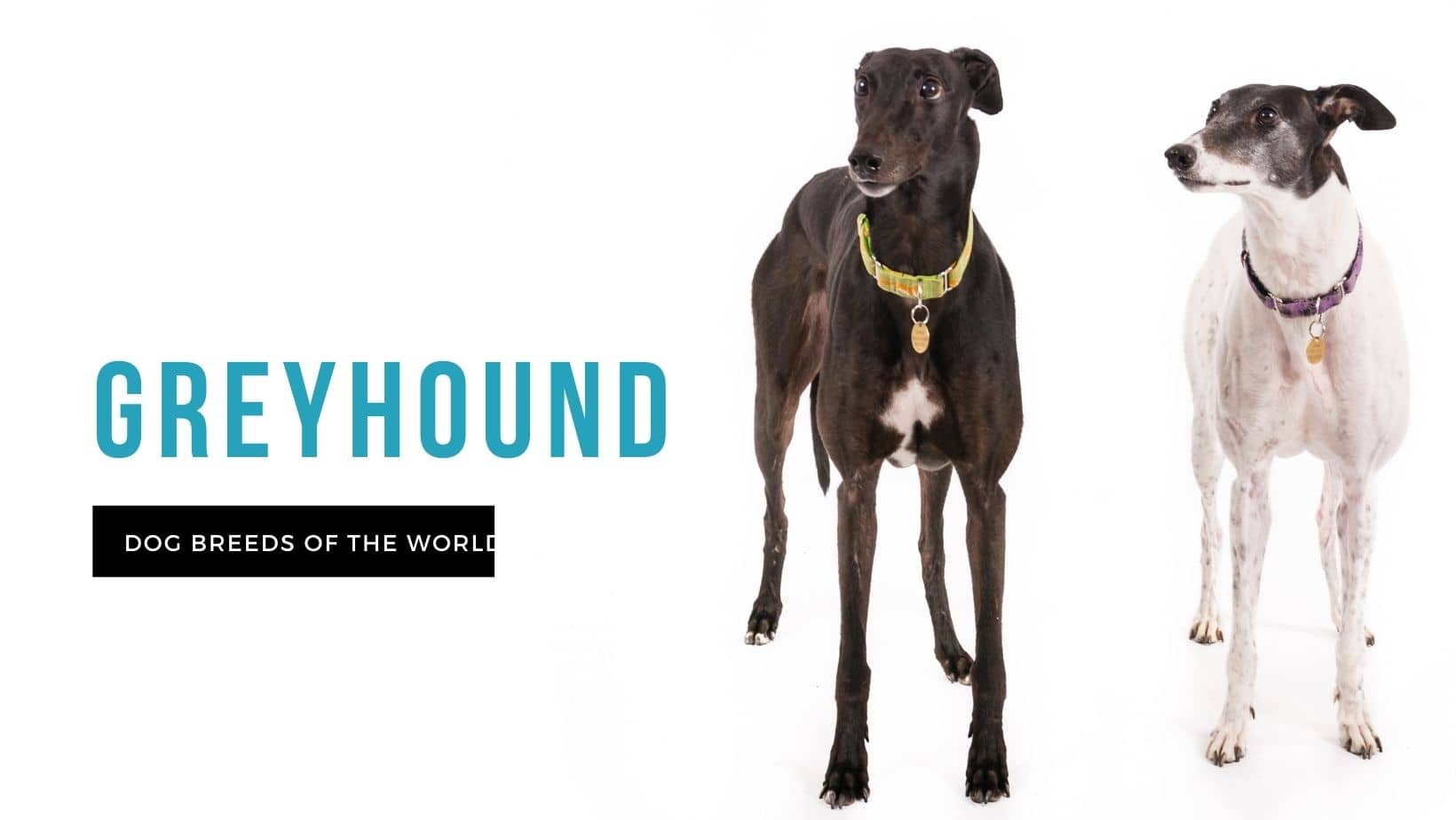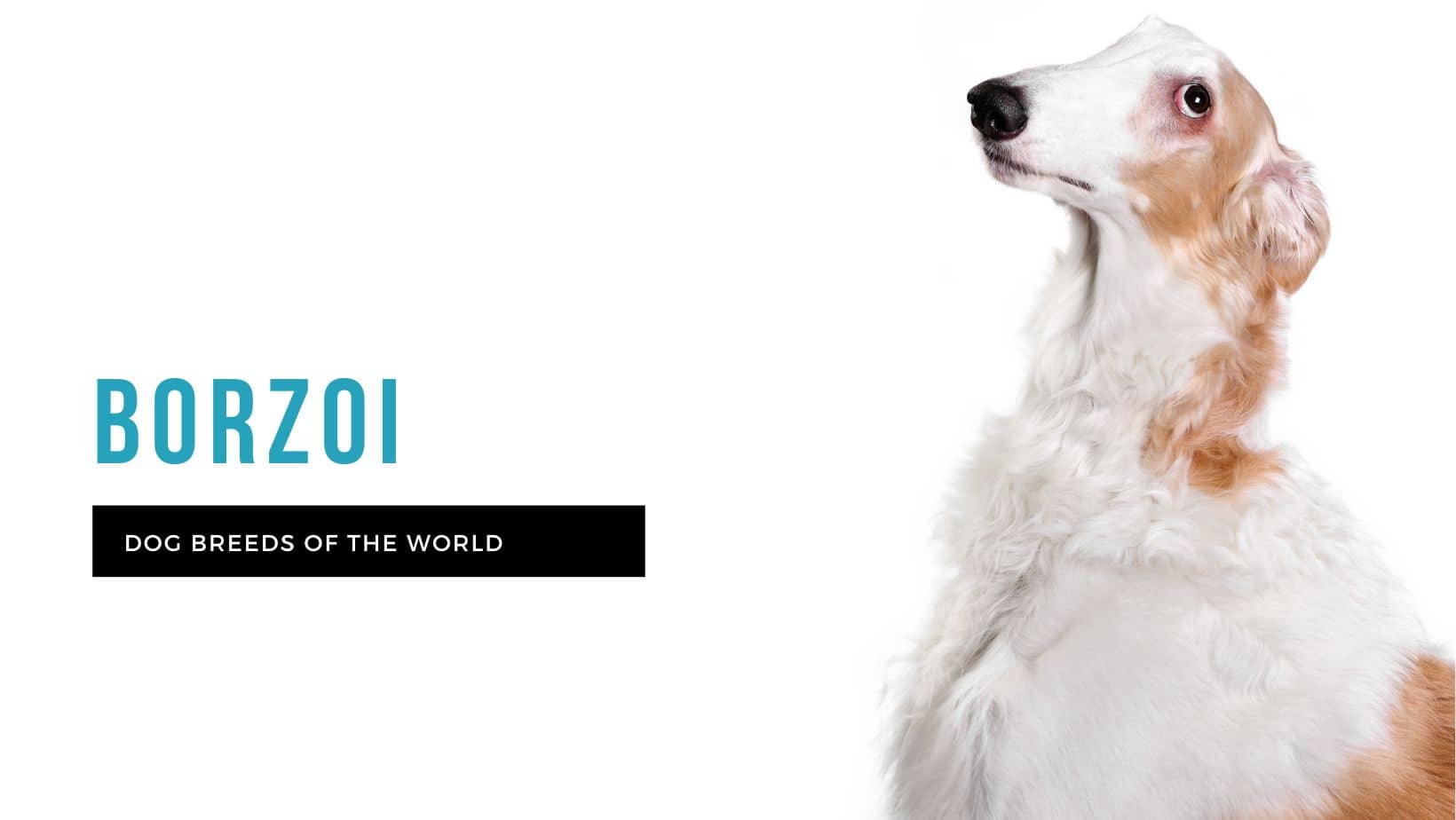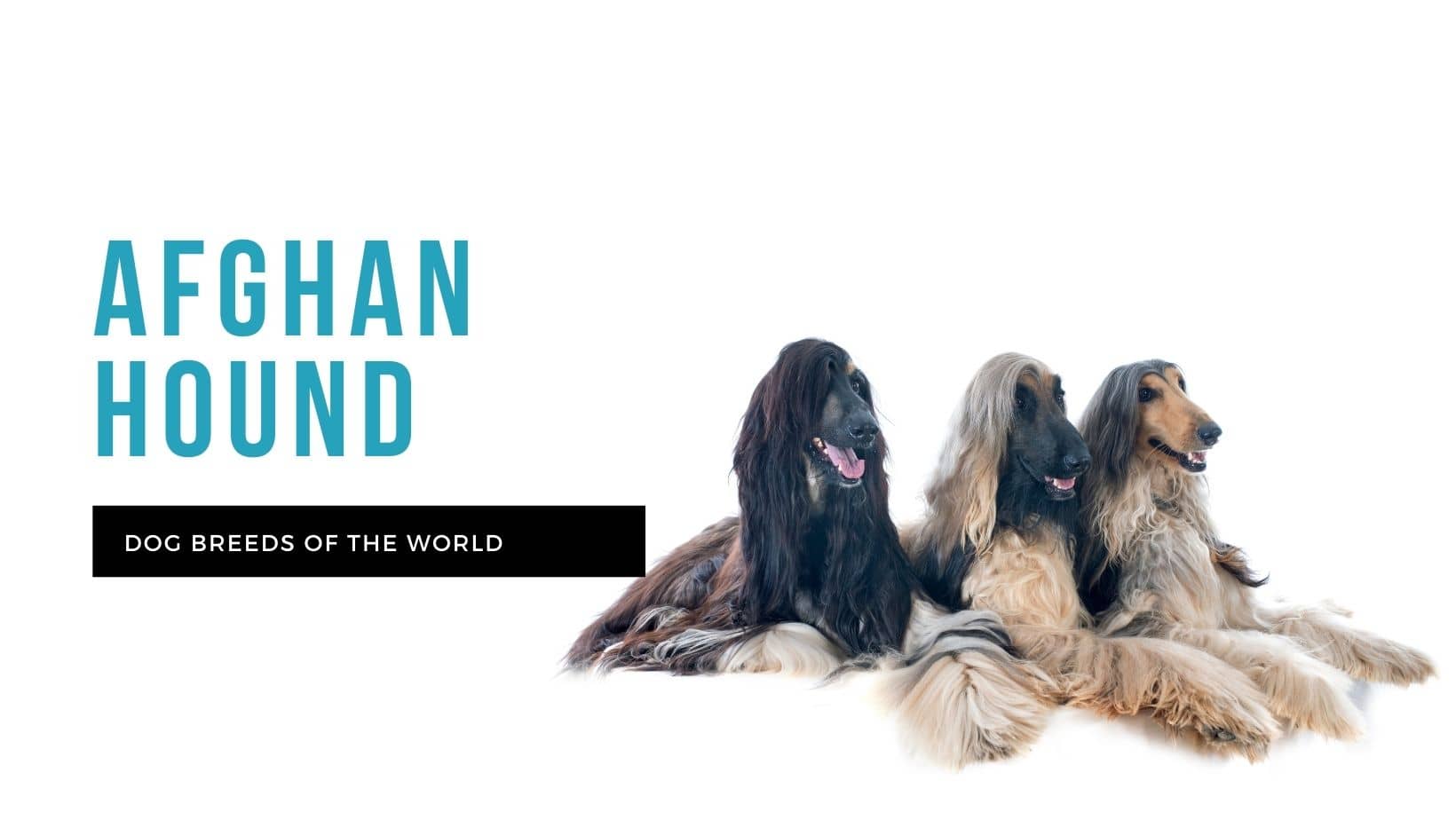
The Afghan hound is one of the most eye-catching dog breeds with his long coat and regal poise. Bred to run ahead on big game hunts, the Afghan is strong and independent, but as a modern-day pet, this independence and the absence of the need to please makes him a challenging breed for novice owners.
Despite his unmistakable good looks, he can be particularly aloof and unaffectionate, or decide when he’s in the mood for a silly game in the backyard. A sensitive dog, he’s not recommended for small children who might not know how to handle him. For adults, the Afghan is not your average furry friend, but as a companion, he’ll give you a once-in-a-lifetime experience.
History
The Afghan hound is a sighthound and considered to be the oldest pure dog breed in the world. He was developed as a hunter’s companion, using his incredible sight to spot and home in on prey. The Afghan is not as fast as the greyhound, but he still has speed and endurance on his side – two important traits when it came to chasing down large prey like deer, wolf, jackal and similar hunts in the mountainous and rugged terrain for which he was developed. The Afghan’s hardy footpads and his long, thick coat acted as a defence for the tough terrain and climate in which he hunted and also worked as a watchdog and messenger dog.
The exact location of the Afghan hound’s origin is not known, but for hundreds of years these dogs were kept, raised and developed by royals and chiefs in the Asian mountains, which included Afghanistan, Pakistan and India. The breed was already thousands of years old by then.
The Afghan hound was only introduced to the west in about 1890 when British soldiers imported them to England after the second Afghan war. First shown in England in 1907, the popularity of the Afghan hound soared instantly, especially in British gentry, and by 1912, the breed standard had been developed based on an imported Afghan hound named Zardin. Breeding of Afghans rocketed in the mid-1920s and by 1927 the breed had been imported to the USA and had its first registration with the American Kennel Club (AKC). It was only after the 1930s that the popularity of the Afghan hound really took hold in America.
In the 1980s there was renewed interest in Afghan hounds when Mattel introduced Barbie’s pet dog, Beauty, who was an Afghan with similar long tresses to the doll sensation. Other famous Afghan owners included Zeppo Marx and even Picasso.
Temperament
The Afghan hound is independent, sometimes aloof and even haughty, yet very loyal and attached to his owner. He was developed to track and hunt game either by himself or with a mate, which required independent thought in the absence of a human owner… or at least until his owner caught up to him on horseback. This trait has been carried down genetically, which makes the Afghan unique in his capabilities and can be frustrating for the dog owner who wants a dog to do exactly what they tell him to. The Afghan won’t… or will… he’ll decide.
The Afghan hound will usually bond tightly to one human, which can make a rehoming situation frustrating for him and a new owner, and requires patience and understanding.
Health
The Afghan hound is susceptible to a few health conditions based on his physiology, rather than his breeding. He may be sensitive to anaesthesia thanks to his low body fat to muscle ratio, so owners need to ensure their veterinarian is familiar with this breed trait. Afghans are also susceptible to bloat (gastric dilatation-volvulus), which affects many deep-chested dog breeds and is fatal if not treated as a medical emergency.
While generally hardy and healthy, the health conditions associated with the Afghan hound breed include:
- hip and elbow dysplasia
- hypothyroidism – and associated fatigue, weight gain, hair and skin issues, chronic infection and depression
- allergies – these may be treated with medication and nutrition, depending on the allergens involved
- cancer
- cataracts – especially in juvenile dogs
Exercise Requirements
With a millennia-old penchant for sighting, chasing and hunting on punishing terrain, the Afghan’s hardiness and stamina are built in, even though he lives in the lap of modern luxury on the couch and probably only visits the mountains of Afghanistan in his dreams. This athletic dog still needs plenty of exercise either on a leashed run over a long distance or in a large enclosed area (preferably with a very high fence). It’s advisable to encourage a full-speed run a couple of times a week, which means building a lure course or having access to a great deal of secure space. The Afghan hound’s chase instinct is still very much intact, which can make him unpredictable off the leash.
Some Afghan hounds are easy to housetrain while others are not, and may take up to eight months before they ‘get it’. He is not usually a people-pleaser like the golden retriever or German shepherd, so obedience training can prove to be difficult. If your Afghan hound responds positively to basic commands, it will probably be on his terms as he is not food motivated. If he is handled harshly or punished, you can expect him to withdraw or even seek revenge. He needs kind and gentle treatment, but even then, cooperation is not guaranteed.
Grooming Requirements
The Afghan hound’s most noticeable feature is his long coat, which gives him a graceful elegance unmatched by any other dog breed. Over the centuries, his coat served as protection and warmth in the cold, mountainous climate of his original location, but in modern Western life, it has become his trademark – a glorious showstopper! However, in order to maintain his beautiful looks, the Afghan’s coat needs lots of care and upkeep – sometimes taking up to three or four hours just to bath and groom him. He needs daily grooming to keep his locks tangle-free, and a weekly to fortnightly bath to ensure his long, hair-like coat lives up to breed standards.
To keep his oral and foot health in good shape, the Afghan hound also needs his teeth brushed daily or three times a week, and his nails should be trimmed so they don’t click on the floor.
Ratings
Friendliness to other pets
Friendliness to strangers
Behaviour towards children
Statistics
| Size |
Large |
| Type |
Hound Group |
| Average adult weight |
26 kg |
| Average adult height |
69 cm |
| Average life span |
13 years |
| Breed family |
|
| Area of origin |
Afghanistan |
Gallery
Product suggestions
Similar breeds


